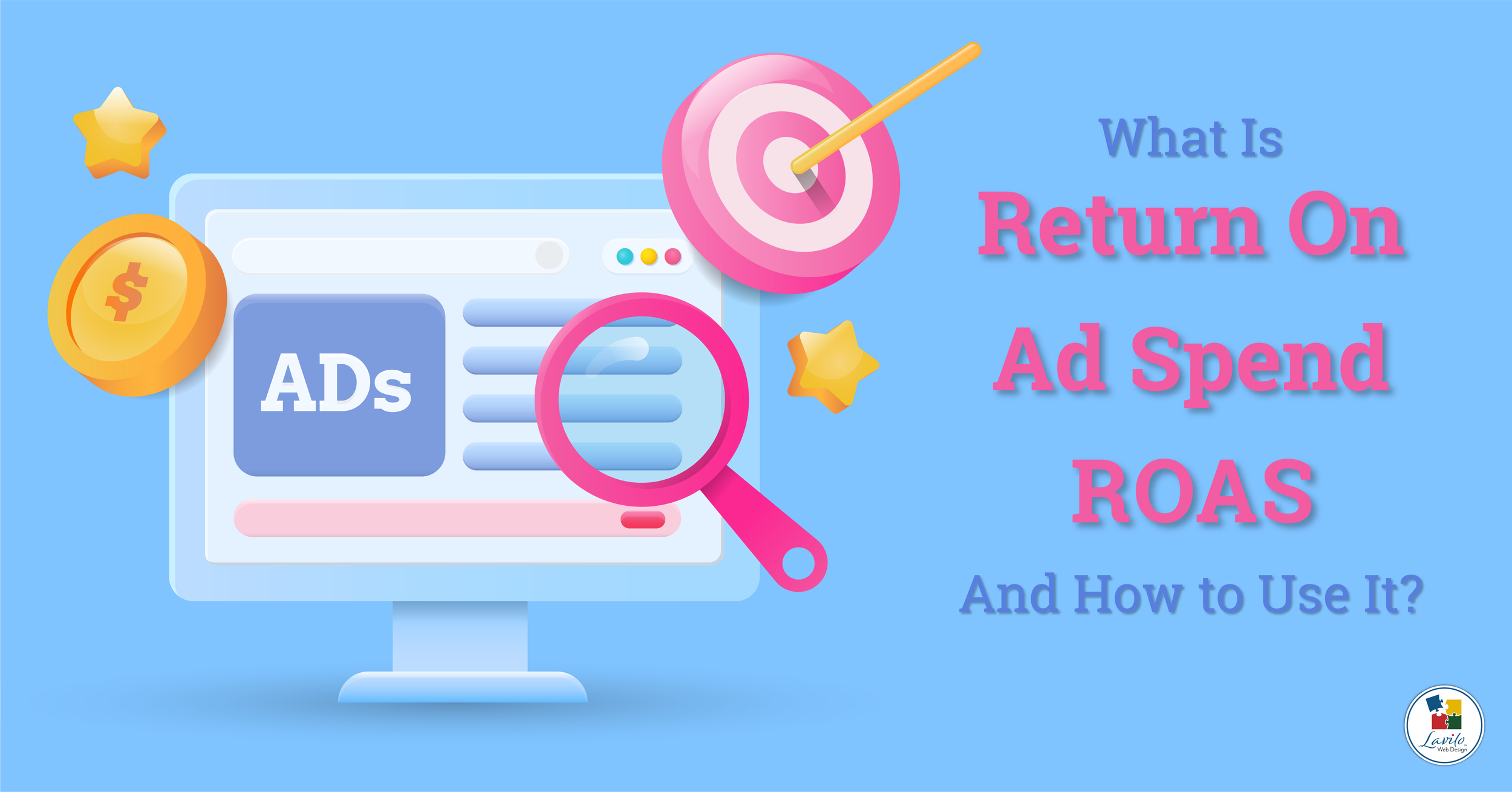9 Cost-Saving Tips for Leaner Times
When the markets are booming and profits are high, managing your expenses can quickly become an afterthought. Unsurprisingly, many businesses end up with a cost structure that can be inadequate for leaner times.
"A penny saved is a penny earned." These wise words from Benjamin Franklin were true 300 years ago; they are still true today.
However, when the markets are booming and profits are high, managing your expenses can quickly become an afterthought. Unsurprisingly, many businesses end up with a cost structure that can be inadequate for leaner times.
Before you question all expenses, here are nine cost-saving tips you can easily implement.
Tip 1: Review Your Recurring Monthly Payments
Subscriptions. Nowadays, everything seems to be subscription-based. Since the monthly amounts are small, few people question them. But they can add up very quickly. As a first step, try to compile a list of your subscriptions. That's easier said than done because subscriptions can hide everywhere. Here are a few typical subscriptions:
Software, such as your Client Management Software, Adobe Creative Cloud, Canva, Microsoft 365, and Google Workspace;
Cloud storage, such as DropBox, Box, Microsoft OneDrive, Google Drive, and Apple iCloud;
Apps for your website, such as MailChimp and Calendly;
Video communication, such as Zoom;
Team communication, such as Slack;
Mobile communication, including data, such as AT&T, Verizon, or T-Mobile;
Answering service;
Telephone numbers, such as 1-800 number or conference call-in numbers;
Newspapers and magazines;
Food and beverage services.
Installments. I view them as a variation of the subscription theme as they have the same effect — you pay monthly. However, technically, installments are a payment plan in which you agree to make regular payments to a seller until you have paid the full price. Think of them as a form of Buy-Now-Pay-Later (BNPL). Your smartphone is usually bought on an installment plan and paid off over 30 or 36 months.
Memberships. What value do you derive from professional memberships like the Chamber of Commerce?
Rent. Do you still need the additional conference room or office space? Can you downsize to a smaller mailbox at the UPS Store?
Tip 2: Use a No-Fee Cash-Back Credit Card for Your Purchases
If you own a restaurant or purchase many products for resale, think about buying them with a no-fee cash-back credit card. You can collect a cash-back of 1.5% to 2% on every purchase without doing anything differently.
Tip 3: Ask Your Customers to Pay With Cash or Check
Credit card or swipe fees, which are automatically deducted from every sale by the payment processor, are usually very high. They can range between 3% and 4%. You can avoid paying these fees if your customers shopping at your physical store pay with cash or check instead. However, if you accept personal checks, you run the risk of them bouncing due to insufficient funds.
Tip 4: Charge a Convenience Fee for Credit Card Purchases
You increasingly see that merchants charge customers a convenience fee of 3% to 4% if they use a credit card for their purchases. However, you should give your customers an alternate payment method that does not impose a fee, such as cash. Don't charge them secretly, though. That might upset them and backfire. Display a sign at your register explaining the reason for the convenience fee and how they can avoid it.
Instead of charging your customers for using their credit cards, you can also give them a discount if they pay you in cash. That way, you would create a more positive experience.
Tip 5: Place Fewer But Larger Orders
If your business has enough liquidity, you could combine smaller monthly purchases into larger quarterly or semi-annual orders. As a reward for placing a larger order, suppliers might offer to take over the shipping cost or give you a quantity discount.
Tip 6: Pay Annually Instead of Monthly
I am always surprised by the discount companies give you when you pay a subscription twelve months in advance as a single payment. Often they give you one month (8% discount) or two months for free (16% discount). But I have seen discounts as high as 30%.
Tip 7: Migrate Your Website to a Less Expensive Platform
If your website was designed in 2017 or earlier, there is a good chance you have a custom-built site and are paying a lot of money to maintain it. By switching to a modern, flexible platform, such as Squarespace or Shopify, you could take advantage of their competitive subscription prices. Under certain conditions, you can save up to 90% of your current annual maintenance cost by changing hosts. The payback period for the additional cost of rebuilding your website on a new platform is often less than one year.
Tip 8: Review Your Social Media Ad Spending
Are you tracking how much you are spending on social media ads? You should. $5 per day here, $10 there, these small amounts can quickly add up to a couple of hundred dollars per month.
But what's the return on this advertising?
How many additional customers did you get?
If you are unsure, try reducing how much you spend on social media for a couple of months and see whether your revenue slows. If your sales don't change significantly, you might want to rethink your social media ad strategy and try word-of-mouth marketing instead.
Tip 9: Review Your Travel Expenses
Not every customer contact has to be in person, especially in today's world. Depending on your industry, your customers' preferences, and the occasion, it can be perfectly acceptable to join a regular meeting via video and only attend essential discussions in person. Not only do you save a significant amount of travel expenses, but you also save a lot of time on the road.
"Beware of Little Expenses..."
While each of these nine money-saving tips is small, and one alone is unlikely to make a significant financial difference, a trickle here and a trickle there can add up to a sizeable money leak. To quote Benjamin Franklin again, "Beware of little expenses; a small leak will sink a great ship."





















